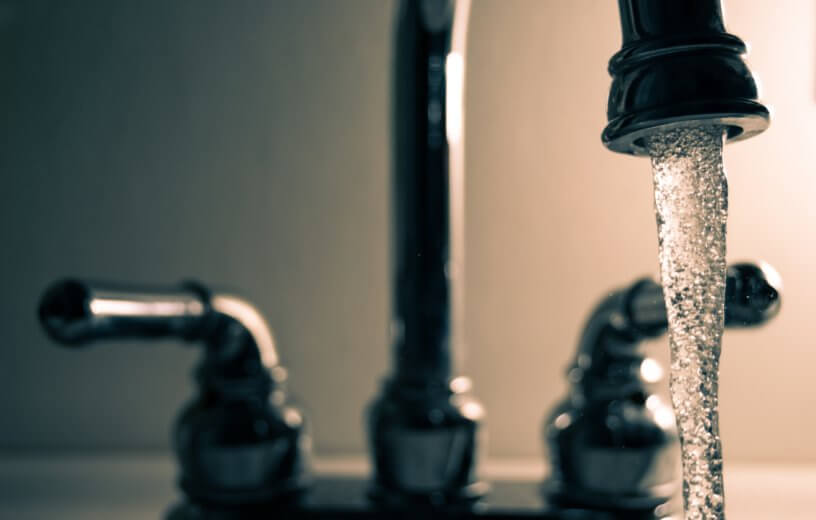WEST LAFAYETTE, Ind. — Not everyone has the same quality of water coming into their homes, but is there really a difference between your bathroom and kitchen? Recent research shows that your water quality not only varies depending on what room you’re in but on the season too.
“This study reveals that drinking water in the service line water is clearly not the same quality at your faucet,” says researcher Andrew Whelton in a media release. Whelton is an associate professor of civil engineering and environmental and ecological engineering at Purdue University.
The study, which also included researchers from the University of Memphis and Michigan State University, is the largest and most intensive water quality analysis over time in a single house to date. The research team collected data 58 times at a house in West Lafayette, Indiana in one year. Overall, the researchers logged over 222,000 hours and 2.4 billion records.
Water quality tests miss a lot of problems
More studies at this large scale will be needed before making conclusions about all American homes. Still, the results are raising researchers’ eyebrows. In 10 percent of the water quality tests, disinfectant was not found entering the house. The study says this means that water is not being completely sterilized of bacterial growth.
The researchers also report increases in water pH inside the house and wide fluctuations in organic carbon amounts. Both of these factors reveal large changes in drinking water chemistry once it travels from the water line to the house.
Federal and state laws require water U.S. companies to report their drinking water’s chemical aspects and quality at several points along its distribution network. However, those readings may not be an accurate portrayal of the actual water quality in a building. When utility companies check for lead and copper in a home’s faucet, they aren’t required to check all faucets in a house or compare quality at different times of the year.
Water quality dangers for children
The researchers found no disinfectant exiting the test house’s water heater in more than 85 percent of their tests. The team also reports other chemicals, such as lead, to be higher than others between seasons and in different rooms. Luckily, almost all of the increased levels didn’t reach harmful concentrations according to national guidelines.
The lead level did, however, go over the exposure limit for children, set by the American Academy of Pediatrics. No children were living in the home during the experiment.
“After water enters a home, it continues to age. Older water is more likely to have contaminants that are problematic. Because the quality of water delivered to a single home can vary significantly, and building plumbing can change the water too, predicting drinking water safety at every building faucet is currently not possible,” Whelton explains.
How can you keep your home’s water clean?
Other factors that affect varying water quality in a single home include different plumbing materials and varying numbers of house occupants. Whelton reveals there are several precautions consumers can take to improve their home’s water quality.
“Choose plumbing designs that minimize the amount of water and time that water sits still. This should help limit microbial growth and lessen the chance that chemicals leaching from the plumbing exceed unacceptable levels. If you have an existing home, flush the faucet before taking a drink to get rid of the old water. Flushing can help bring in new, fresher water from the building entry point.”
The study was published in the journal Building and Environment.
Like studies? Follow us on Facebook!
